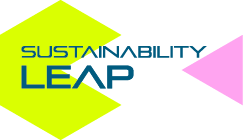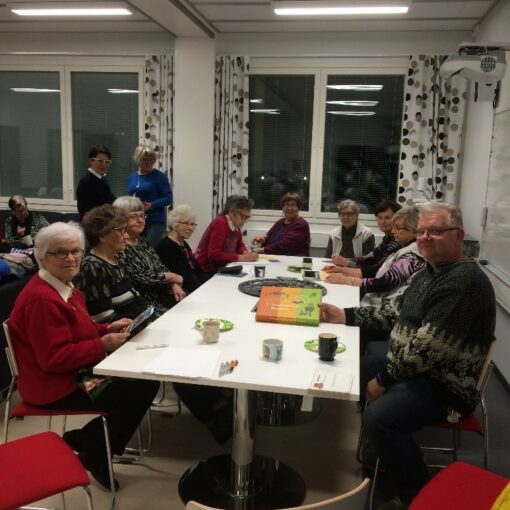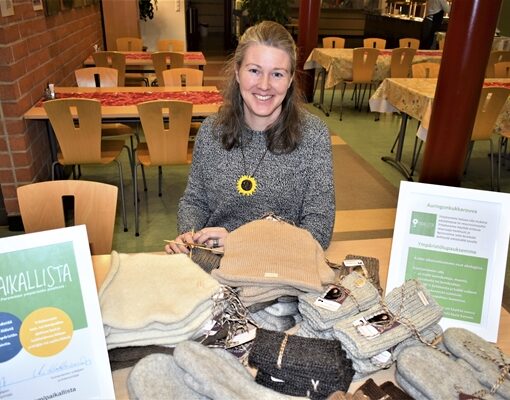Emmy Clothing Company Oy is a business operation in Lohja, Finland, and its mission is to encourage people to acquire high-quality clothing and reuse them. In order to promote circular economy, Emmy’s founders, Hanna Autio and Markus Rautopuro, wanted to make reusing clothing an easy and attractive option by providing an alternative to traditional second-hand shops, online flea markets and clothes collections.

Donating high-quality clothes that are still in good condition might feel like a waste of money, but on the other hand you might not have the time to sell the items yourself. Emmy’s operating model differs from other sales channels for used clothing thanks to its ease of use and customer-centred approach. The company collects used and undamaged branded clothing via collection points at shopping centres and by post. Clothes can also be taken directly to Emmy’s office in Lohja. The seller of the clothes gets about 50% of the price of sold items without having to spend any time on selling them. Reusing clothes is good for both the environment and the wallet, on top of which people can acquire clothing that is of a higher quality.
Used high-quality clothes inexpensively or new low-quality ones for cheap?
Through Emmy, people can buy and sell clothing. In the modern world of consumerism, we often give in to the temptation of buying new, cheap clothes with little information about how responsibly they have been manufactured. Cheap products tend to be poor in quality and do not last as well in use. The alternative is to acquire used high-quality clothing, which Emmy has made both easier and faster. The company’s COO, Hanna Autio, has noticed a change in the customers’ consumer behaviour.
When buying new clothes, people might already be thinking about their resale value.
Hanna Autio – Emmy
This is especially typical when purchasing clothing for short-term use, such as children’s clothes.
Clothes manufacturers use harmful chemicals that will not be completely removed during the first wash. If you want to reduce your exposure to chemicals, a used piece of clothing is probably a safer choice, because the harmful substances have already been removed from the garment after several wash cycles.
All the clothes are reused
Autio says that over 80% of the clothing they receive are sold and the rest of the undamaged ones are given to charities. If a piece of clothing cannot be reused, it will be recycled through textile recycling. Emmy also works together with clothing sector businesses that have leftover products in their outlet stores, for example. Since the company began operating, it has sold 150,000 pieces of clothing and currently has approximately 40,000 items for sale. Furthermore, they add around 3,000 items to their available products every week. They estimate that more than 100 tonnes of CO2 emissions and over 200 million litres of water have been saved through reuse. In addition, reuse has saved a significant amount in fertilisers and pesticides.
Innovative circular economy business is profitable
Emmy Clothing Company Oy is a good example of how circular economy can create new, profitable business opportunities. Founded in 2015, the company has had a major growth spurt and currently employs around 20 people, with new recruitments on the horizon. Combining design clothes and reuse attracts customers from many different income brackets. This means that quality clothing is no longer just for the wealthy. In addition to the domestic market, the company is looking to launch operations abroad next year.




